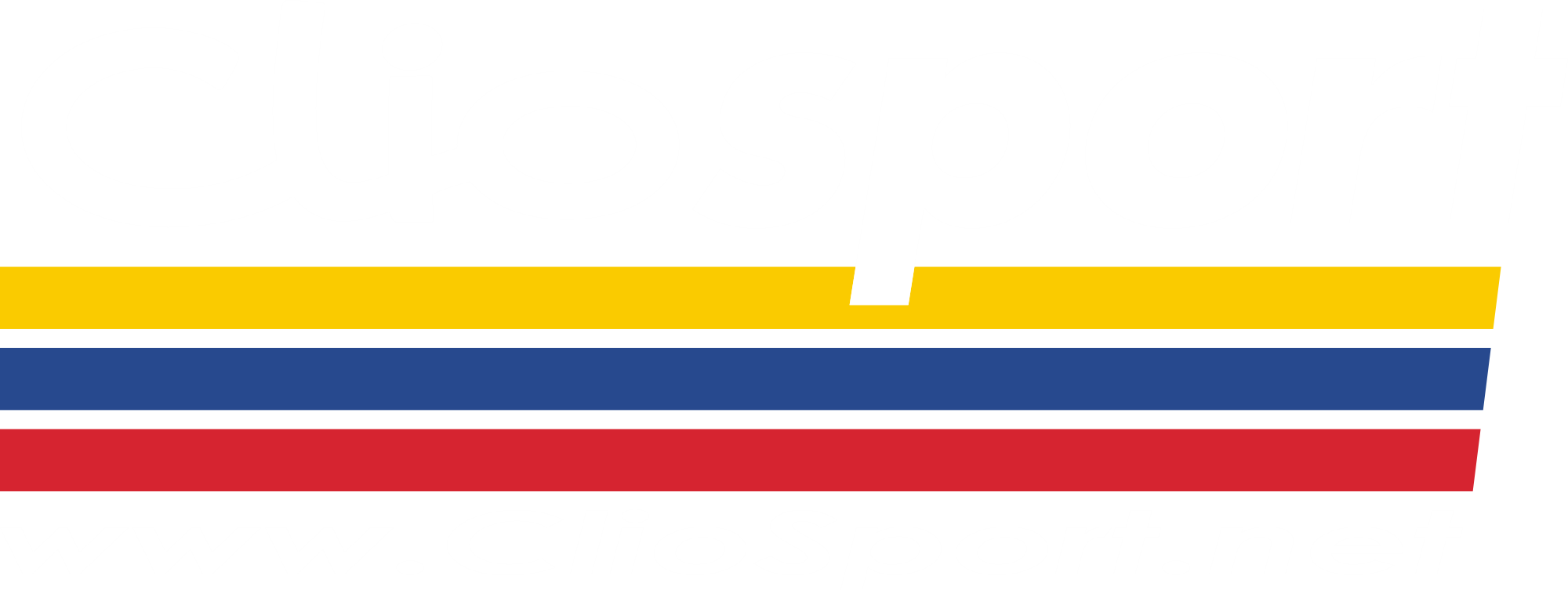R26
I thought I'd do a really quick guide to fixing the white balance in photographs, as many of the shots I see can be made to look so much better with this quick fix.
Firstly, SHOOT IN RAW!
This is a guide for editing the RAW photos, before you import them into Photoshop/Lightroom etc. A RAW photograph captures so much more data than a normal JPEG, hence why you can make these changes (and many others too!)
If you don't already shoot in RAW, just change now!
Secondly, this guide was done in Photoshop, but you can do the same thing in Lightroom, and many other software will have something equivalent when editing RAW shots.
Ok, so lets start off by opening our original RAW photo. For me this opens Adobe Camera RAW:
This is the first image we'll fix. Note the horrible orange cast to the photo, caused by the lighting in the room.

There are two ways to alter the white balance (WB): You can either use the WB Tool to select a white area on the image, OR you can change the colour temperature manually.
First, we'll use the WB Tool:
This is the third icon from the left (selected)

Now you simply click on an area on the image you know is white. I know, as I shot this, that the floor was white. So I will click the tool on that area, and the WB will change for the whole image so that looks white. If you keep clicking in different areas, you'll see the WB adjusting for that area.
Result:

Much better! This now looks how it should look.
Now for the second technique:
Using another image here (courtesy of Mr Bomber )
)

This was a fairly long exposure under street lights, so the colour cast is horrific!
The manual way is to change this control:

This will alter the colour temperature. The basic rule of thumb, the lower the temperature, the 'colder' the image will look. The higher, the 'warmer'.
I chose to do it manually for this image, as there isn't really a pronounced white area to select using the previous technique.
So here you can see the temperature has been reduced, and the colour cast has been removed. Note how the car actually looks silver now.

That's basically it! Remember, you HAVE to shoot in RAW to be able to do this properly.
A few more examples:


Something else I should mention, you can of course alter the WB in the camera before you take the shot. All decent cameras will have a WB setting, designed to be used in different conditions: Cloudy, sunlight, tungsten etc.
You can use these if you prefer, BUT if you're like me, I just leave it in AUTO and alter it after.
Hope that helps, and questions or corrections let me know
Firstly, SHOOT IN RAW!
This is a guide for editing the RAW photos, before you import them into Photoshop/Lightroom etc. A RAW photograph captures so much more data than a normal JPEG, hence why you can make these changes (and many others too!)
If you don't already shoot in RAW, just change now!
Secondly, this guide was done in Photoshop, but you can do the same thing in Lightroom, and many other software will have something equivalent when editing RAW shots.
Ok, so lets start off by opening our original RAW photo. For me this opens Adobe Camera RAW:
This is the first image we'll fix. Note the horrible orange cast to the photo, caused by the lighting in the room.

There are two ways to alter the white balance (WB): You can either use the WB Tool to select a white area on the image, OR you can change the colour temperature manually.
First, we'll use the WB Tool:
This is the third icon from the left (selected)

Now you simply click on an area on the image you know is white. I know, as I shot this, that the floor was white. So I will click the tool on that area, and the WB will change for the whole image so that looks white. If you keep clicking in different areas, you'll see the WB adjusting for that area.
Result:

Much better! This now looks how it should look.
Now for the second technique:
Using another image here (courtesy of Mr Bomber

This was a fairly long exposure under street lights, so the colour cast is horrific!
The manual way is to change this control:

This will alter the colour temperature. The basic rule of thumb, the lower the temperature, the 'colder' the image will look. The higher, the 'warmer'.
I chose to do it manually for this image, as there isn't really a pronounced white area to select using the previous technique.
So here you can see the temperature has been reduced, and the colour cast has been removed. Note how the car actually looks silver now.

That's basically it! Remember, you HAVE to shoot in RAW to be able to do this properly.
A few more examples:


Something else I should mention, you can of course alter the WB in the camera before you take the shot. All decent cameras will have a WB setting, designed to be used in different conditions: Cloudy, sunlight, tungsten etc.
You can use these if you prefer, BUT if you're like me, I just leave it in AUTO and alter it after.
Hope that helps, and questions or corrections let me know

